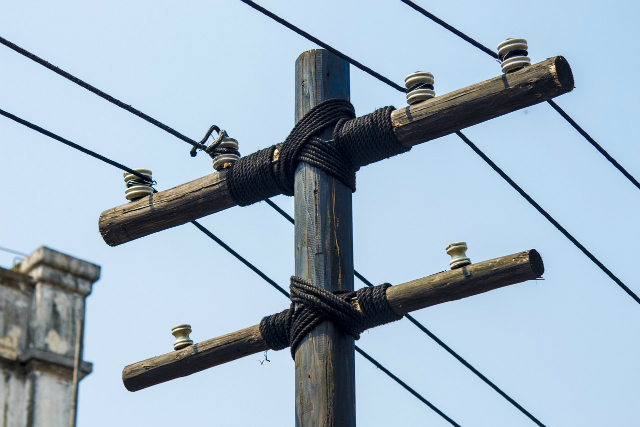Canadian utilities have been operating in a historically low interest rate environment for almost a decade. Now, as interest rates rise slowly following the second rate hike from the Bank of Canada in September, investors should be revisiting their portfolios to see how utilities will respond.
Dependable cash flow and an incredibly wide economic moat have allowed Canadian utilities to borrow at low interest rates and make huge investments. Moreover, utility stocks are seen as a suitable substitute to bonds for investors looking for higher yields. Not only do companies offer stability, but they also offer a consistent and attractive dividend yield.
Some may come to the conclusion that higher interest rates could cause utilities to underperform in the coming months and years. Although I think it is wise to take the Bank of Canada at its word that it will steadily raise interest rates, evidence across developed economies has shown that central banks are exercising extreme caution, and the arrival of a pre-2008 rate environment is remote at best.
The stock of Canadian Utilities Limited (TSX:CU) has climbed 5% in 2017 as of close on September 18. However, the share price has declined 7% since the first rate hike on July 12. Adjusted earnings were up 4.5% when the company released its second-quarter results on July 27. Canadian Utilities took advantage of a waning low interest rate environment, making over $680 million in investments in capital growth projects during the first half of 2017.
The stock boasts a dividend of $0.36 per share, representing a dividend yield of 3.8%.
Shares of Hydro One Ltd. (TSX:H) have declined 3.7% in 2017 and 11.8% year over year. The stock has been largely flat seen the first rate hike on July 12. On September 14, Hydro One and Avista Corporation filed applications for regulatory approval of the merger announced in July. With the deal, Hydro One will add hundreds of thousands of new customers to be serviced under its umbrella.
Hydro One released disappointing second-quarter results as a mild summer and other factors weighed on earnings, as net income was down 23% from Q2 2016. The company made over $400 million in capital investments in Ontario during the quarter. Revenues were also down by 2.8%. The stock still boasts a dividend of $0.22 per share, representing a dividend yield of 3.9%.
Hydro One threw its weight around when it announced the $6.7 billion purchase of Avista Corporation. Canadian Utilities is one of the few large utilities that have not branched out with further acquisitions. Slow growth in Canada has forced players like Hydro One to look south. Canadian Utilities may look to do the same in the near future.
With the Avista deal set to close by August 2018, this may be an opportune time to stack Hydro One stock as it prepares for a big surge in customers.






